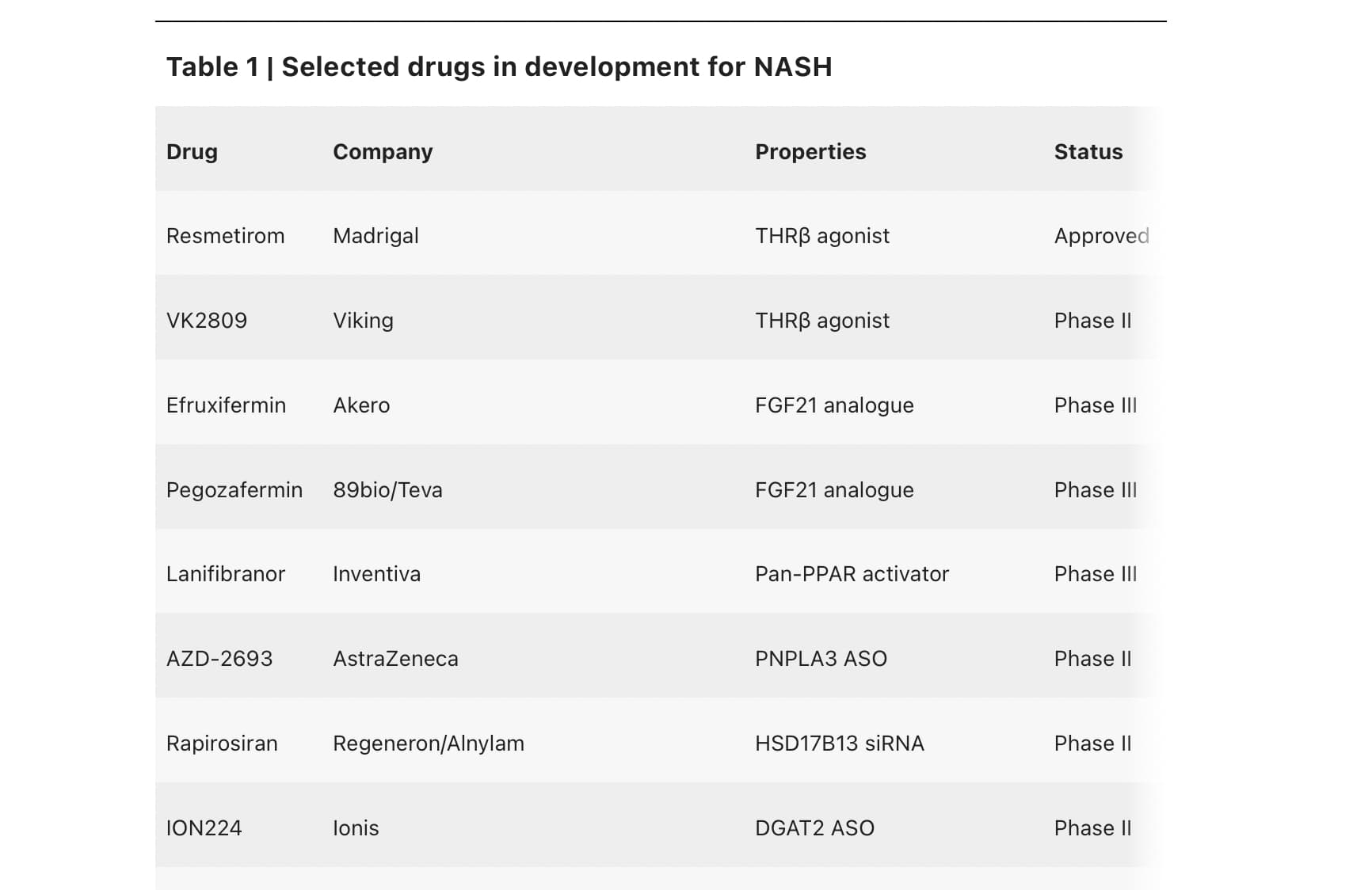It would be great to get this FGF21 drug into the ITP for longevity studies! @invivo (perhaps time for another submission!).
Boston Pharmaceuticals to Present State-of-the-Art Lecture and Poster for Once-monthly Efimosfermin Alfa at Digestive Disease Week 2025
Boston Pharmaceuticals, a clinical-stage biopharmaceutical company developing efimosfermin alfa, an investigational, once-monthly FGF21 analogue for the treatment of metabolic dysfunction-associated steatohepatitis (MASH), today announced it will present immunogenicity and biomarker analyses from its Phase 2 study, in participants with stage F2 and F3 fibrosis due to MASH. The results will be presented in a state-of-the-art lecture and poster at Digestive Disease Week (DDW) in San Diego, May 3-6, 2025. These findings further support the advancement of the efimosfermin clinical program to a Phase 3 pivotal study in 2025.
“Efimosfermin has demonstrated rapid and strong response across liver and cardiometabolic biomarkers, along with a favorable safety and tolerability profile. Its once-monthly dosing is expected to be a significant advantage for both prescribers and patients, providing confidence that efimosfermin could set a new standard in MASH treatment,” said Sophie Kornowski, CEO of Boston Pharmaceuticals. “With our robust data, along with the commitment from our Board and a strong funding strategy, we aim to accelerate efimosfermin’s development and begin enrolling patients in a Phase 3 study in F2 and F3 patients before the end of the year, followed by an F4 trial after planned discussions with regulators.”
The state-of-the-art oral presentation will showcase results from the Phase 2, randomized, placebo-controlled, 24-week treatment study in participants with biopsy-confirmed F2 and F3 MASH. The study showed significant improvements in histopathology, with 45.2% (p=0.038) of participants treated with efimosfermin 300mg achieving fibrosis improvement ≥1 stage without worsening of MASH compared to 20.6% in the placebo group, and MASH resolution without worsening of fibrosis in 67.7% of participants (p=0.002) versus 29.4% at 24 weeks. Efimosfermin also demonstrated extrahepatic benefits, including positive impacts on lipids and in participants with diabetes, clinically meaningful improvements in glycemic control. In this study, efimosfermin was generally well-tolerated, with low discontinuation rates due to adverse events, and an overall low incidence of gastrointestinal side effects and injection site reactions. Data to be presented will also highlight the favorable immunogenicity profile of efimosfermin.
Exploratory analyses of the phase 2 study of changes in biomarkers that identify at-risk MASH patients will be presented as a poster. These results strengthen the histopathology findings, demonstrating rapid and marked effects on biomarkers of steatosis, fibrosis, and liver injury, and supports the potential of efimosfermin as a once-monthly, disease-modifying therapeutic for the treatment of MASH.
“These analyses further support the Phase 2 study findings and provides the scientific community with the confidence to advance the development of efimosfermin as a potential therapy for patients with F2 and F3 fibrosis,” said Mazen Noureddin, M.D., M.H.Sc., lead investigator and Professor of Medicine at Houston Methodist Hospital, and Director of the Houston Research Institute. “Based on these encouraging results, we expect to see continued progress as we evaluate findings across histology and non-invasive markers in patients with F2 and F3 MASH receiving efimosfermin treatment for up to 48 weeks.”

